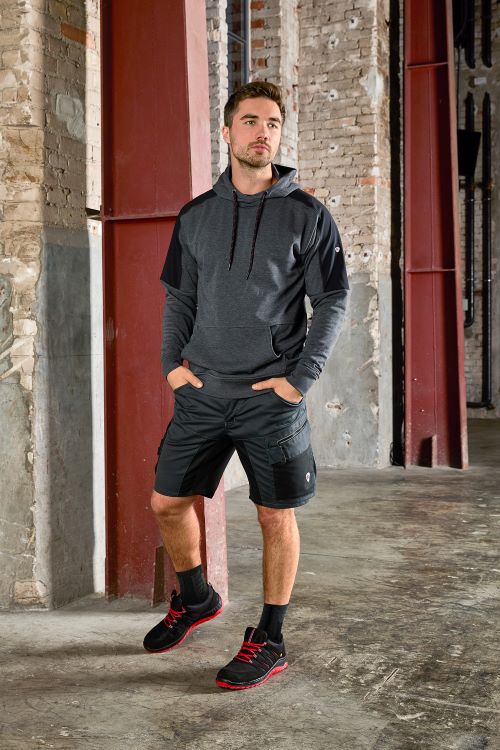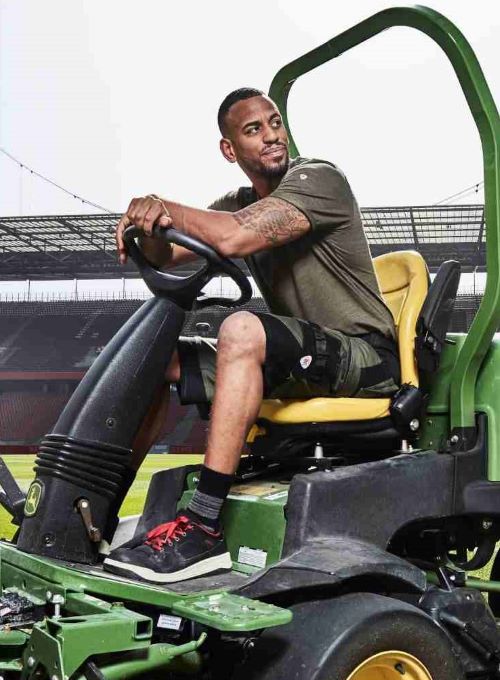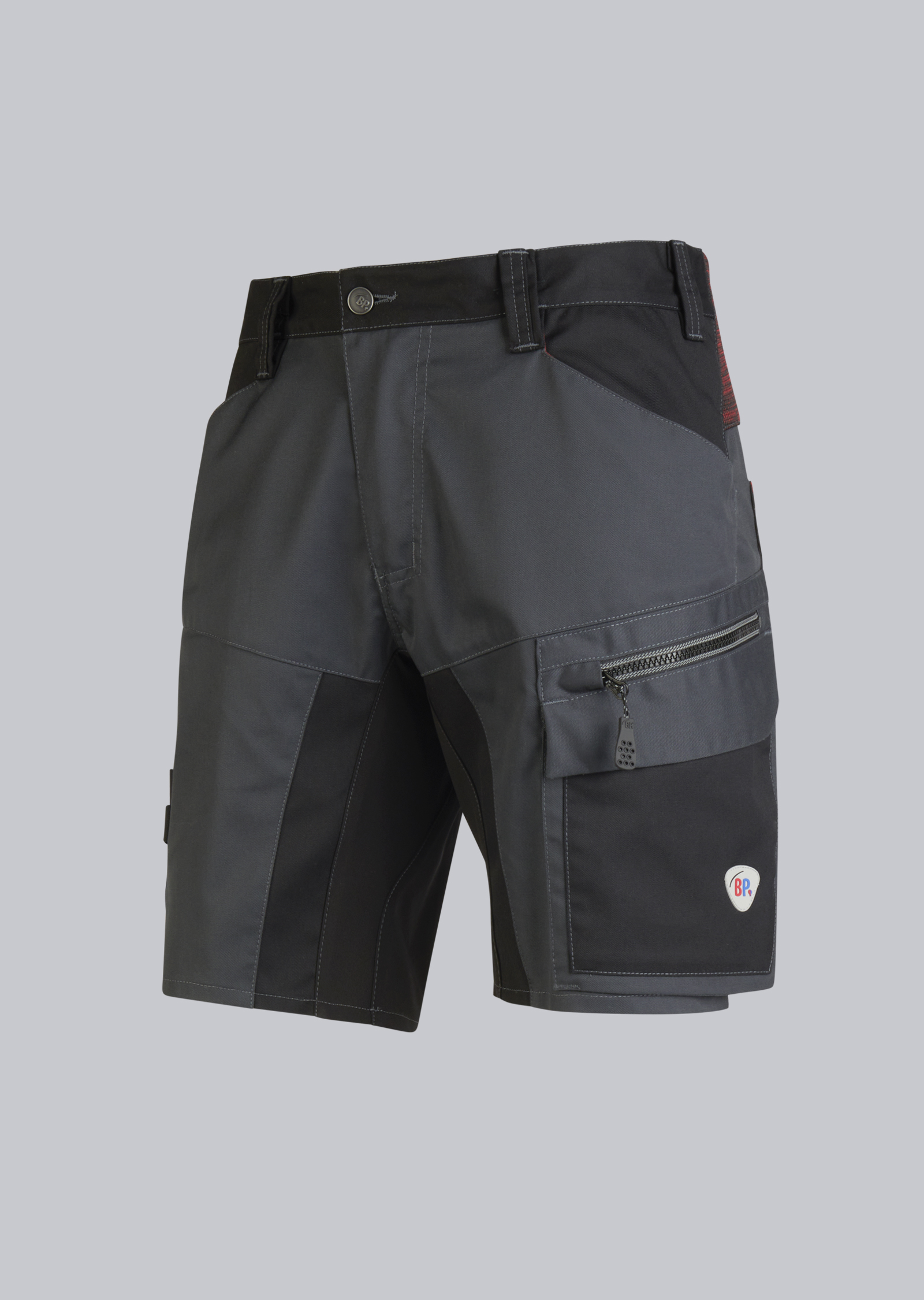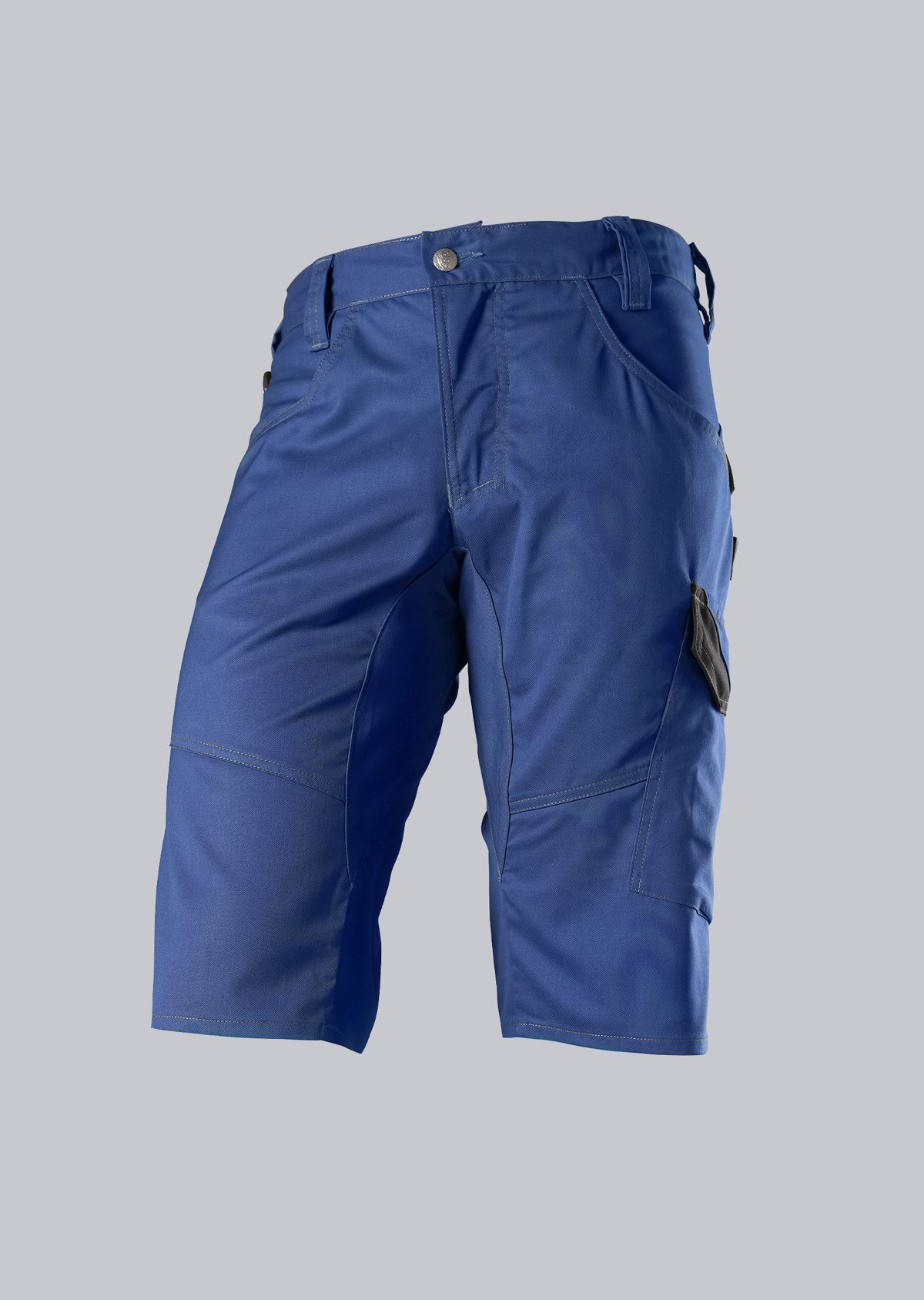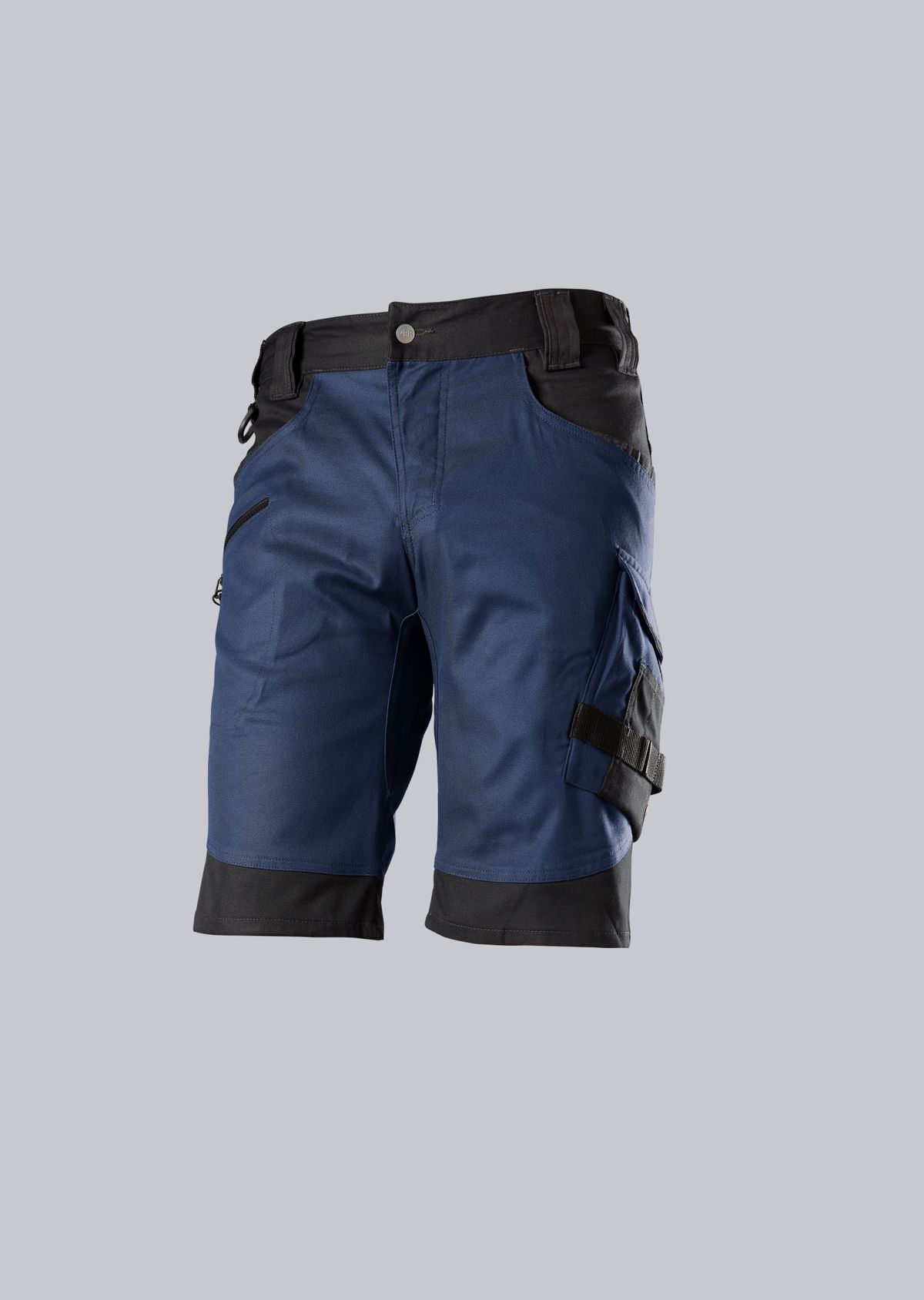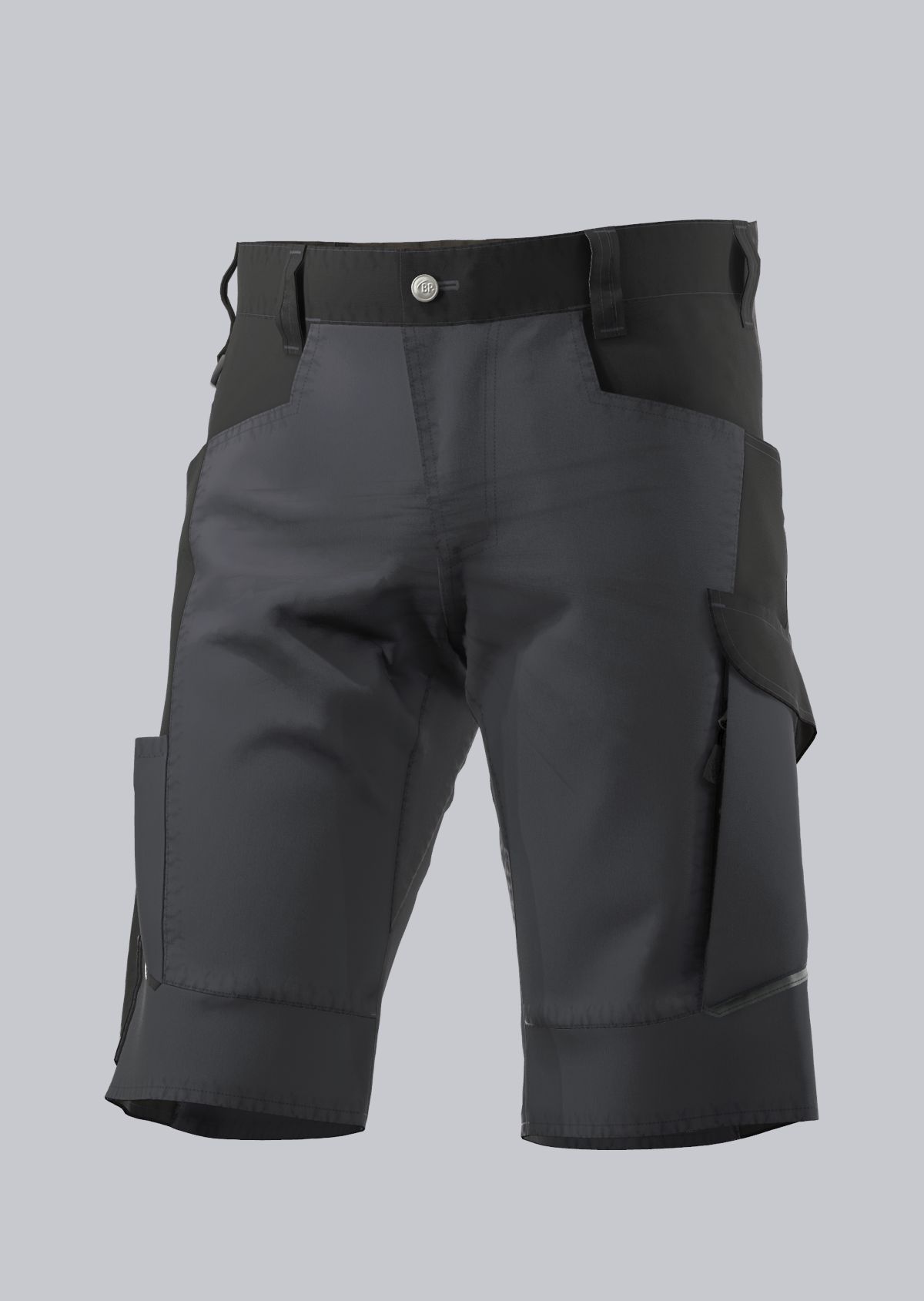
Short work trousers
Short work trousers for trade and industry: function meets comfort
Safety, freedom of movement and comfort are top priorities in trade and industry. In this context, short work trousers are becoming increasingly popular. But what exactly are the benefits of this alternative to traditional long trousers?
In this blog post, we take a detailed look at the advantages and disadvantages of short work trousers, explain what makes a high-quality pair of work shorts and shed light on the sectors in which they are particularly popular.
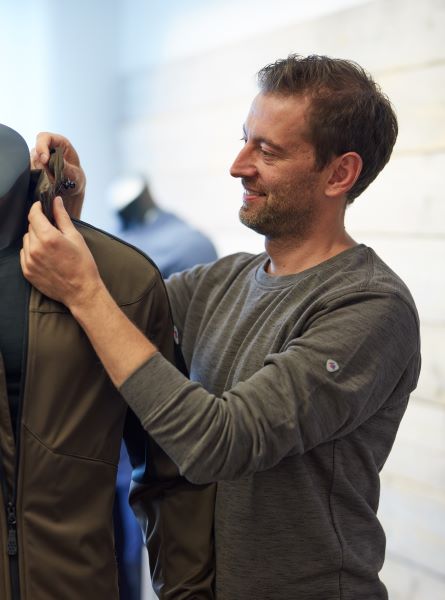
‘For a light and comfortable feel to the shorts
shorts are made from fabric blends with
stretch or full stretch fabric inserts in the waistband
in the waistband, buttocks, crotch and knees’
Our BP® expert: Alexander Slotnikow, Product Manager for Workwear
Any questions?
Do you still have questions about fair and sustainable workwear? Then get in touch with our experts.
CONTACT US


